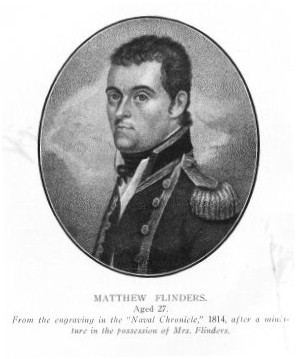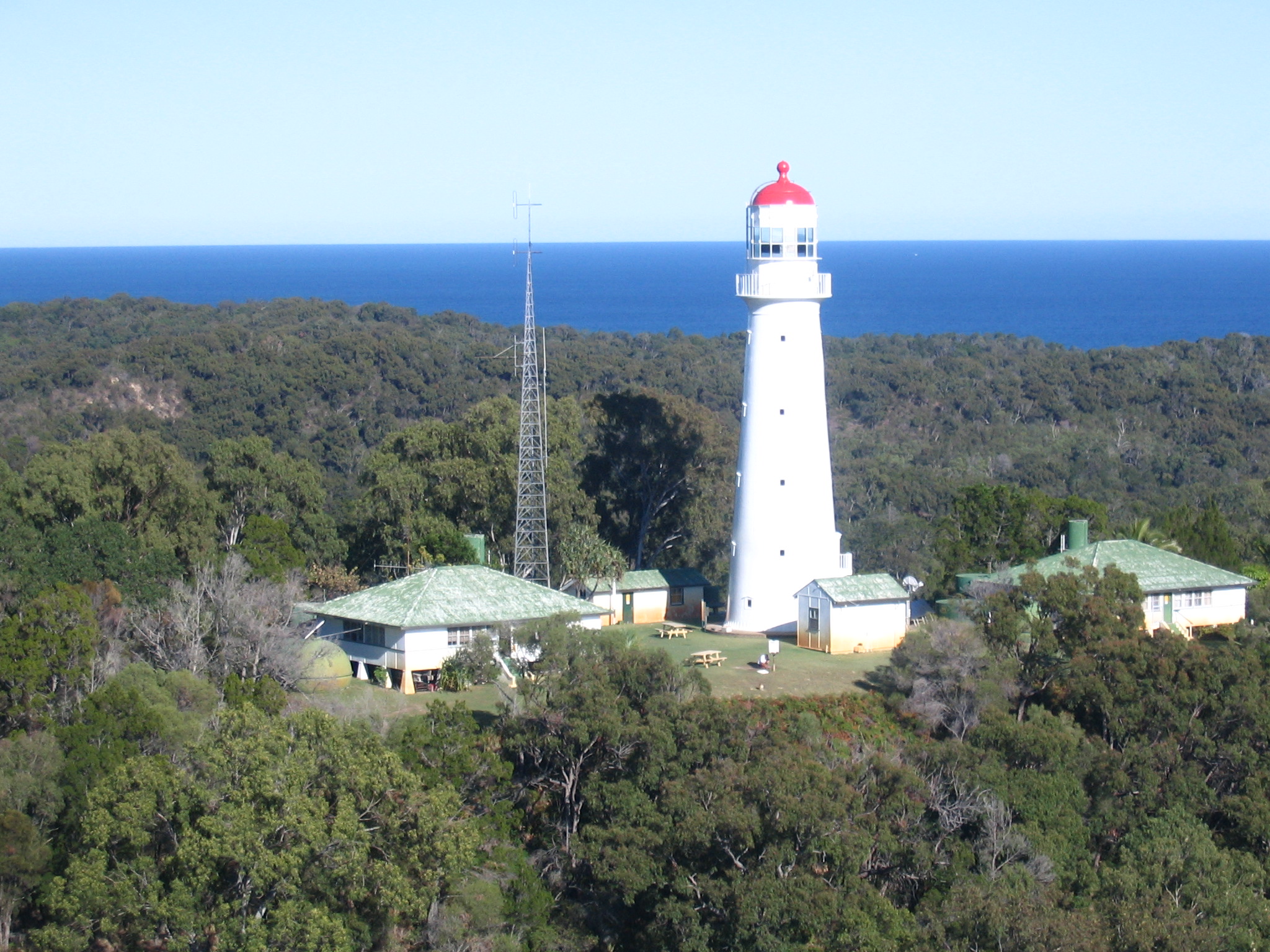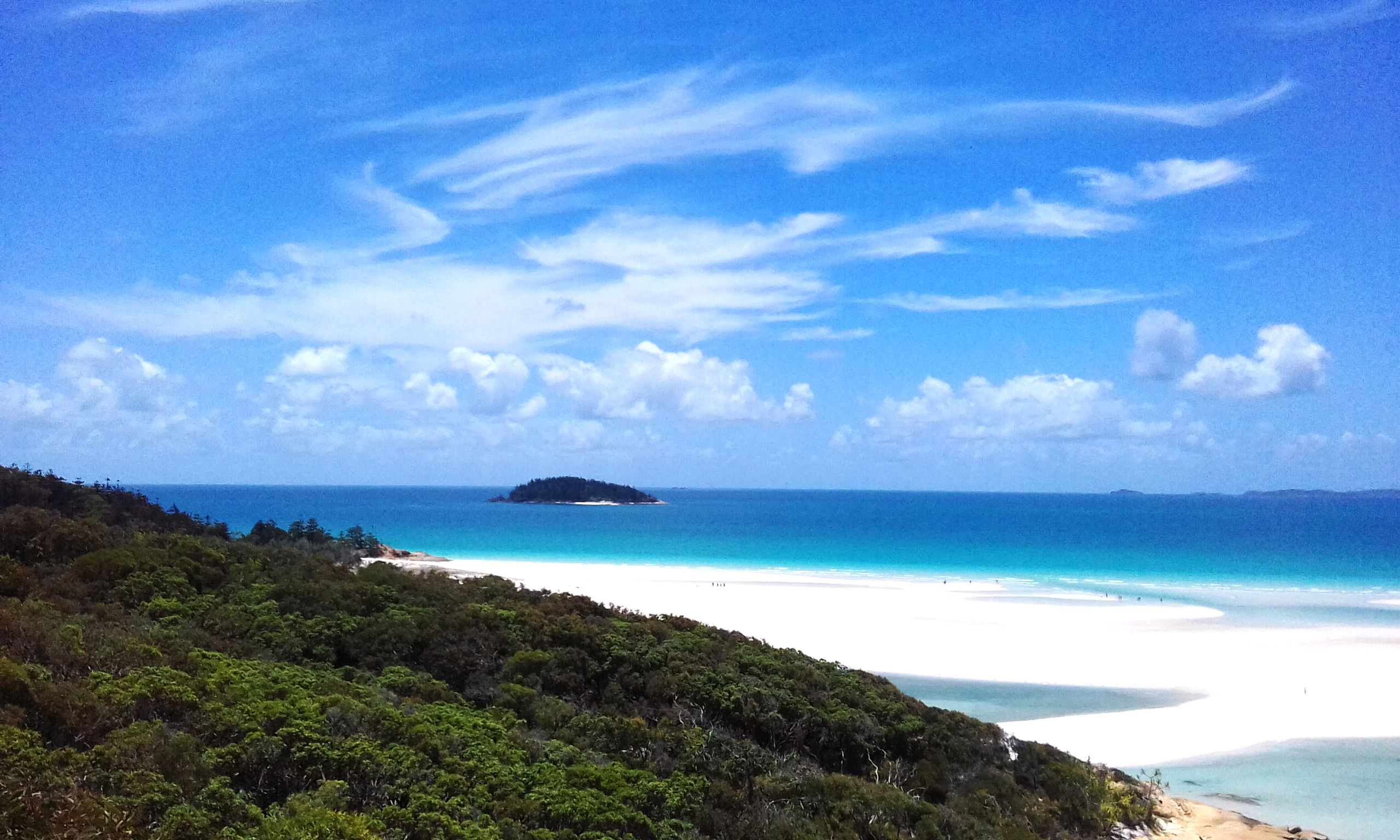|
Sandy Cape
Sandy Cape (also known by the Indigenous name of Woakoh) is the most northern point on Fraser Island (also known as K'gari and Gari) off the coast of Queensland, Australia. The place was named ''Sandy Cape'' for its appearance by James Cook during his 1770 voyage up the eastern coast of Australia aboard the ''Endeavour''. To the south the next two ocean headlands are Waddy Point and Indian Head (the latter was also named by Cook noting "...on which a number of Natives were assembled..." and is also known as ''Tukkee'' in the Badtjala language, meaning ''stone'' or ''stone knife''). The cape is protected within the K'gari section of the Great Sandy National Park. BreakSea Spit extends about north of Sandy Cape. Nesting loggerhead and green turtles use the remote, sandy location as a rookery. Nighttime driving along the beach at Sandy Cape is banned during the nesting season. The vegetation at the cape is stunted and windswept. The foredunes are lightly covered by spinifex ... [...More Info...] [...Related Items...] OR: [Wikipedia] [Google] [Baidu] |
Fraser Island Sandy Cape SPOT 1207
Fraser may refer to: Places Antarctica * Fraser Point, South Orkney Islands Australia * Fraser, Australian Capital Territory, a suburb in the Canberra district of Belconnen * Division of Fraser (Australian Capital Territory), a former federal electoral division located in the Australian Capital Territory * Division of Fraser (Victoria), a current federal electoral division located in Victoria * Fraser Island, along the coast of Queensland Canada * Fraser River ** Fraser Plateau, a subplateau of the Interior Plateau, named for the river ** Fraser Basin, a low-lying area, part of the Nechako Plateau, flanking the Fraser River in the Central Interior of British Columbia ** Fraser Canyon, the stretch of the Fraser River from the city of Williams Lake south to the town of Hope, British Columbia ** Fraser Valley, the region flanking the lowermost reaches of the Fraser River, from the town of Hope to the sea ** Fraser Plateau and Basin complex, a World Wildlife Fund-named ecoregion in ... [...More Info...] [...Related Items...] OR: [Wikipedia] [Google] [Baidu] |
HMS Investigator (1798)
HMS ''Investigator'' was the mercantile ''Fram'', launched in 1795, which the Royal Navy purchased in 1798 and renamed HMS ''Xenophon'', and then in 1801 converted to a survey ship under the name HMS ''Investigator''. In 1802, under the command of Matthew Flinders, she was the first ship to circumnavigate Australia. The Navy sold her in 1810 and she returned to mercantile service under the name ''Xenophon''. She was probably broken up c.1872. Background ''Fram'' was built in Sunderland as a collier. She operated off the north-east coast of England before the Royal Navy purchased her in 1798. Pitcher, of Northfield refitted her between 27 April and 24 May 1798. She then went to Deptford Dockyard on 6 August. The Navy armed her with 22 carronades to serve as an escort vessel, and renamed her HMS ''Xenophon''. Commander George Sayer commissioned ''Xenophon'' as an armed ship for the North Sea. In 1799 he brought the Irish rebel James Napper Tandy and some of his associates ... [...More Info...] [...Related Items...] OR: [Wikipedia] [Google] [Baidu] |
List Of Lighthouses In Australia
This is a list of lighthouses and lightvessels in Australia. Australia has a coastline of , with over 350 lighthouses and navigational aids around the Australian coastline, and a single inland lighthouse, the Point Malcolm lighthouse. The first lighthouse was Macquarie Lighthouse, which was lit in 1793 as a tripod mounted wood and coal fired beacon. The last staffed lighthouse was Maatsuyker Island Lighthouse, off the south coast of Tasmania, which was automated in 1996. Listing The lighthouses and lightvessels of Australia are listed in the National Geospatial-Intelligence Agency ''List of Lights'' publication 111. They are listed by the United Kingdom Hydrographic Office on volume K of the ''Admiralty List of Lights & Fog Signals''. The '' ARLHS World List of Lights'' lists them with the prefix "AUS". On ''The Lighthouse Directory'', the lighthouses of Australia are listed according to their location: * Coral Sea Islands Territory * New South Wales, including Cape St Georg ... [...More Info...] [...Related Items...] OR: [Wikipedia] [Google] [Baidu] |
Double Island Point
Double Island Point is a coastal headland in Queensland, Australia. It is the next headland north of Noosa and is within the Cooloola section of the Great Sandy National Park, at the southern end of Wide Bay. It is approximately 12km south along the beach from the tourist township of Rainbow Beach, Queensland. History The Kabi Kabi people have lived, hunted and fished in this area for tens of thousands of years. The site had obvious cultural significance and was used as a burial site by local indigenous people. The point was named by Captain Cook when he passed it on 18 May 1770, "on account of its figure" (i.e. shape). In the original of his journal he had written ''Fiddle Head'', but crossed that out. Geography Despite the name, there is no (double) islands, but rather a sandspit. It is the southern point of Wide Bay. Wolf Rock is a set of four volcanic pinnacles off Double Island Point. There is no road access to the point, but four-wheel drive vehicles can go along ... [...More Info...] [...Related Items...] OR: [Wikipedia] [Google] [Baidu] |
Australian Bureau Of Meteorology
Australian(s) may refer to: Australia * Australia, a country * Australians, citizens of the Commonwealth of Australia ** European Australians ** Anglo-Celtic Australians, Australians descended principally from British colonists ** Aboriginal Australians, indigenous peoples of Australia as identified and defined within Australian law * Australia (continent) ** Indigenous Australians * Australian English, the dialect of the English language spoken in Australia * Australian Aboriginal languages * ''The Australian ''The Australian'', with its Saturday edition, ''The Weekend Australian'', is a broadsheet newspaper published by News Corp Australia since 14 July 1964.Bruns, Axel. "3.1. The active audience: Transforming journalism from gatekeeping to gatewat ...'', a newspaper * Australiana, things of Australian origins Other uses * Australian (horse), a racehorse * Australian, British Columbia, an unincorporated community in Canada See also * The Australian (disambiguation ... [...More Info...] [...Related Items...] OR: [Wikipedia] [Google] [Baidu] |
The Queenslander
''The Queenslander'' was the weekly summary and literary edition of the '' Brisbane Courier'', the leading journal in the colony—and later, federal state—of Queensland since the 1850s. ''The Queenslander'' was launched by the Brisbane Newspaper Company in 1866, and discontinued in 1939. History ''The Queenslander'' was first published on 3 February 1866 in Brisbane by Thomas Blacket Stephens. The last edition was printed on 22 February 1939. In a country the size of Australia, a daily newspaper of some prominence could only reach the bush and outlying districts if it also published a weekly edition. Yet ''The Queenslander'', under the managing editorship of Gresley Lukin—managing editor from November 1873 until December 1880—also came to find additional use as a literary magazine. In September 1919, a series of aerial photographs of Brisbane and its surrounding suburbs were published under the title, ''Brisbane By Air''. The photographs were taken by the newspape ... [...More Info...] [...Related Items...] OR: [Wikipedia] [Google] [Baidu] |
Clement Lindley Wragge
Clement Lindley Wragge (18 September 185210 December 1922) was a meteorologist born in Stourbridge, Worcestershire, England, but moved to Oakamoor, Staffordshire as a child. He set up the Wragge Museum in Stafford following a trip around the world. He was a Fellow of the Royal Geographical Society and in 1879 was elected Fellow of the Royal Meteorological Society in London. To the end of his life, he was interested in Theosophy and spiritualism. During his tour of India he met with Mirza Ghulam Ahmad of Qadian, the founder of the Ahmadiyya movement in Islam who had claimed to be the Mahdi, the messianic redeemer awaited by Muslims. Sir Arthur Conan Doyle sought him out in New Zealand to ask for his views on spiritualism before writing ''The Wanderings of a Spiritualist'' in 1921. After training in law, Wragge became a meteorologist, his accomplishments in the field including winning the Scottish Meteorological Society's Gold Medal and years later starting the trend of using peop ... [...More Info...] [...Related Items...] OR: [Wikipedia] [Google] [Baidu] |
SS Marloo
SS ''Marloo'' is a shipwreck at Great Sandy National Park, Fraser Island, Fraser Coast Region, Queensland, Australia. It was added to the Queensland Heritage Register on 12 October 2002 but delisted in 2015. History SS ''Marloo'' was a steel steamer of 2628 tons owned by the Adelaide Steamship Company. Formerly the "Francesco Crispi", it was built at Newcastle upon Tyne, England in 1891. In September 1914, SS ''Marloo'' was steaming from Mackay to Brisbane when she hit a submerged danger on Sandy Cape Shoal off Fraser Island. She was taking on water fast, so the captain steered the ship and deliberately beached it on Fraser Island about north of Waddy Point on 27 September 1914. The crew and all 38 passengers were rescued. A subsequent enquiry found the ship's captain was at fault for not exercising sufficient care and attention in navigation in an area of known dangers. Most of the steamer's cargo was salvaged before a north-easterly gale frustrated attempts to refloat he ... [...More Info...] [...Related Items...] OR: [Wikipedia] [Google] [Baidu] |
Sydney Morning Herald
''The Sydney Morning Herald'' (''SMH'') is a daily compact newspaper published in Sydney, New South Wales, Australia, and owned by Nine. Founded in 1831 as the ''Sydney Herald'', the ''Herald'' is the oldest continuously published newspaper in Australia and "the most widely-read masthead in the country." The newspaper is published in compact print form from Monday to Saturday as ''The Sydney Morning Herald'' and on Sunday as its sister newspaper, '' The Sun-Herald'' and digitally as an online site and app, seven days a week. It is considered a newspaper of record for Australia. The print edition of ''The Sydney Morning Herald'' is available for purchase from many retail outlets throughout the Sydney metropolitan area, most parts of regional New South Wales, the Australian Capital Territory and South East Queensland. Overview ''The Sydney Morning Herald'' publishes a variety of supplements, including the magazines ''Good Weekend'' (included in the Saturday edition of ''The ... [...More Info...] [...Related Items...] OR: [Wikipedia] [Google] [Baidu] |
Sandy Cape Light
Sandy Cape Light is a heritage-listed active lighthouse located on Sandy Cape, the most northern point on K'gari, Queensland, Australia. It stands about southwest of the northeastern tip of the island. It is the tallest lighthouse in Queensland. Built in 1870, it is the second major lighthouse to be built in Queensland after its formation in 1859. It is one of the first lighthouses in Australia to be constructed using bolted prefabricated segments of cast iron, and one of only two such lighthouses in Queensland, the other being its sibling, Bustard Head Light. History The Government of Queensland was formed in 1859. In 1862, the Queensland government appointed the first Portmaster, Commander George Poynter Heath. However, it was only in 1864 that two committees were appointed to deal with the issue of coastal lighthouses. The only location for which both committees were in clear agreement about the need of a lighthouse was Sandy Cape. The site was also strongly recommended b ... [...More Info...] [...Related Items...] OR: [Wikipedia] [Google] [Baidu] |
HMS Fly (1831)
HMS ''Fly'' was an 18-gun sloop of the Royal Navy. She was responsible for the exploration and charting of much of Australia's north-east coast and nearby islands. She was converted to a coal hulk in 1855 and broken up in 1903. Design and construction ''Fly'' was a development of the designed by Professor Inman of the School of Naval Architecture. She was long on the gundeck and at the keel. She had a beam of overall, and a hold depth of , giving her a tonnage of 485 69/94 bm. Her armament was made up of sixteen 32-pounder carronades and a pair of 9-pounder bow chasers.Winfield (2004), p. 120 ''Fly'' and her three sister ships ''Harrier'', ''Argus'' and ''Acorn'' were ordered on 30 January 1829. She was laid down in November 1829 and launched from Pembroke Dockyard on 25 August 1831. ''Argus'' and ''Acorn'' were cancelled on 27 April 1831, leaving ''Fly'' as the lead ship of a class of two. Service She was commissioned at Plymouth on 27 January 1832 under the ... [...More Info...] [...Related Items...] OR: [Wikipedia] [Google] [Baidu] |





.jpg)


